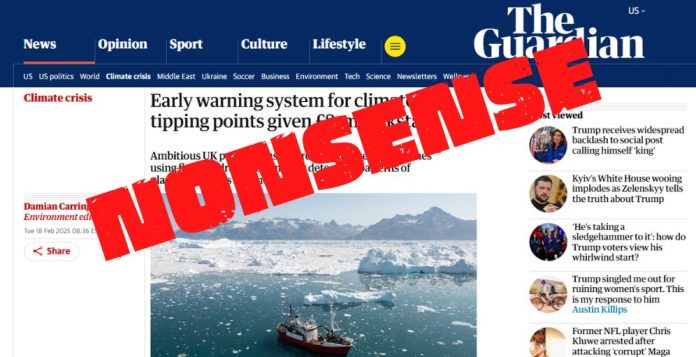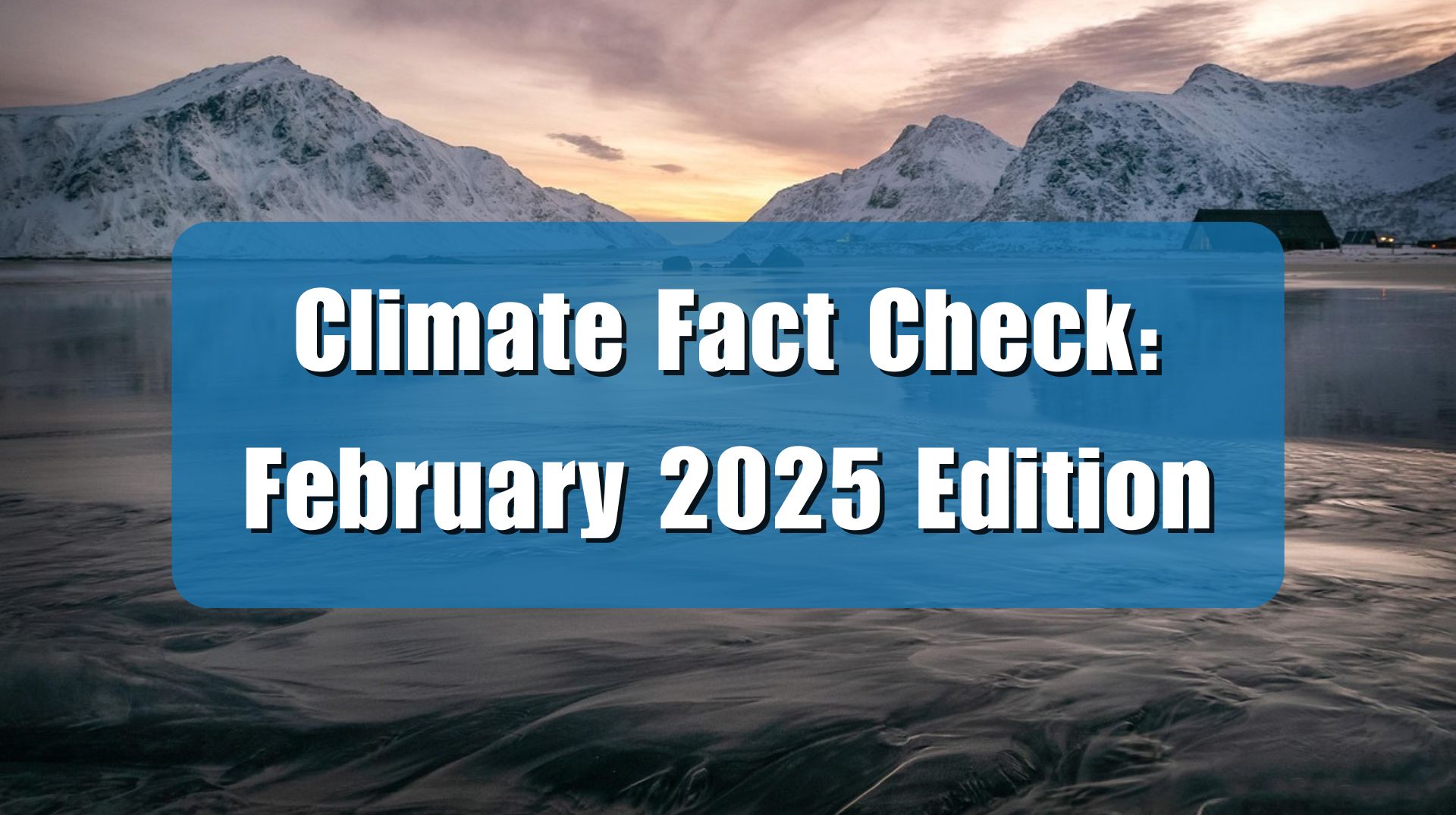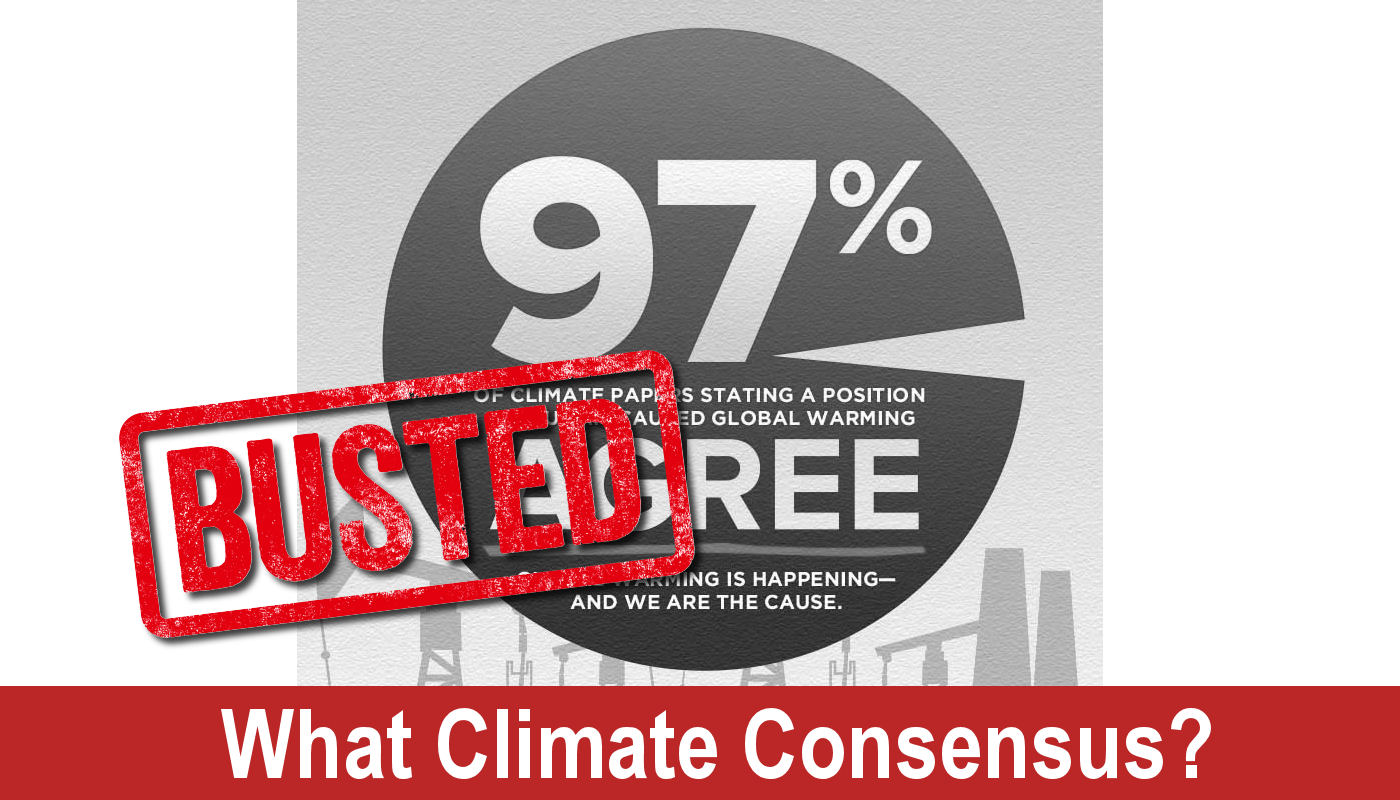A recent article posted by The Guardian discusses funding given to UK research groups in an effort to track potential “climate tipping points” so forecasts can be made to warn about upcoming catastrophes. The premise that we are approaching dangerous and unprecedented climate tipping points is unsupported by history or present data. The planet has been through periods of massive change many times in the past. There is no evidence that there is a magic temperature at which positive feedbacks will spiral out of control, and none of the myriad conditions some researchers have pointed to as dangerous indicate a threat of ”tipping” over some imagined edge.
The article, “Early warning system for climate tipping points given £81m kickstart,” describes funding given to 27 teams of researchers by the U.K.’s Advanced Research and Invention Agency (Aria). According to The Guardian, this is an “attempt to develop an early warning system for climate tipping points will combine fleets of drones, cosmic ray detection and the patterns of plankton blooms with artificial intelligence and the most detailed computer models to date.”
The goal is to detect signals “that forewarn of the greatest climate catastrophes the climate crisis could trigger,” describing these conditions as climate tipping points which “occur when global temperature is pushed beyond a threshold, leading to unstoppable changes in the climate system.”
The two main tipping points that the program will focus on are the alleged approaching collapse of both the Greenland ice sheet and critical ocean currents in the North Atlantic.
Trends on both of these supposed harbingers of climate change have been regularly misdescribed or exaggerated by the media in recent decades.
To begin with, the so-called climate threshold is an arbitrary value in the first place. The most common threshold value for global average temperature is 1.5°C above pre-industrial temperatures, but this is not a scientifically derived value, despite being cited frequently by the U.N. Intergovernmental Panel on Climate Change. It was selected for political purposes by a political panel. Europe has long surpassed that value, with a temperature record going back to the 1700s showing warming of over 2.0°C since then, with no catastrophic results.
This being said, warming has occurred, and as a result of that of the Greenland ice sheet has experienced some melting, which should be expected as the planet transitions out of an ice age. Climate Realism has covered Greenland’s ice trends more than a dozen times, and the fact is that the ice mass loss is tiny compared to the full ice mass of Greenland, and what melts in the summer months refreezes over winter, amounting to a very low net ice loss over time. This is no sign or indication of a looming collapse, and neither physics nor research into ice dynamics indicate that there should be.
The collapse of the North Atlantic Ocean current is again another tipping point that is often hyped in the media while the full context is conveniently left out of the discussion. Indeed, researchers can’t even agree on what, if any, types of changes in the North Atlantic current are occurring. Some research suggests the current has slowed, other research that it has speeded up, and still other research suggests that there hasn’t been any significant change at all.
Last year around this same time, scientists and the media joined forces to warn readers that the Atlantic meridional overturning circulation (AMOC) was nearing collapse. This alarming warning was based on a computer model output that suggested the AMOC may collapse 1,758 years from now.
As meteorologist Anthony Watts points out in “No, CNN and Other Media Outlets, Climate Change Is Not Causing the Ocean Circulation to Collapse,” this type of slowdown of AMOC is not unprecedented, and in fact it resulted in better conditions for humanity:
The Younger Dryas Climate Event occurred about 12,900 to 11,700 years ago. Many of the climate changes related to that event were likely a response to increased freshwater discharge to the North Atlantic and the reduction in AMOC strength. That basically signaled the end of the most recent ice age, beginning the time when Earth became more habitable for humans, and sedentary agriculture began. Shortly after that, in geologic time the blinking of an eye, the first nascent, large-scale civilizations began developing.
The Earth’s multiple climate systems are complex and connected by many mechanisms which are only poorly understood. Proof of this fact is made quite clear by the contradictory studies that seem to whiplash between predicting a slowing or speeding up AMOC, depending on what data is used and what assumptions are built into the modelling.
The main theme for all of Earth’s history has been change, continuously. Some of those changes, like transitions into ice ages, are large scale and harmful to life. The modest warming of the past century-plus is not in that category. Sadly, it is pretty unlikely that funding for climate alarm studies will result in anything other than more alarmist projections spun out of flawed computer models. However, if we are very lucky, data collected over the next decades will help to assuage the fears of researchers and The Guardian’s reporters, as it becomes clearer that climate change poses no existential threat to life or human civilization.




















